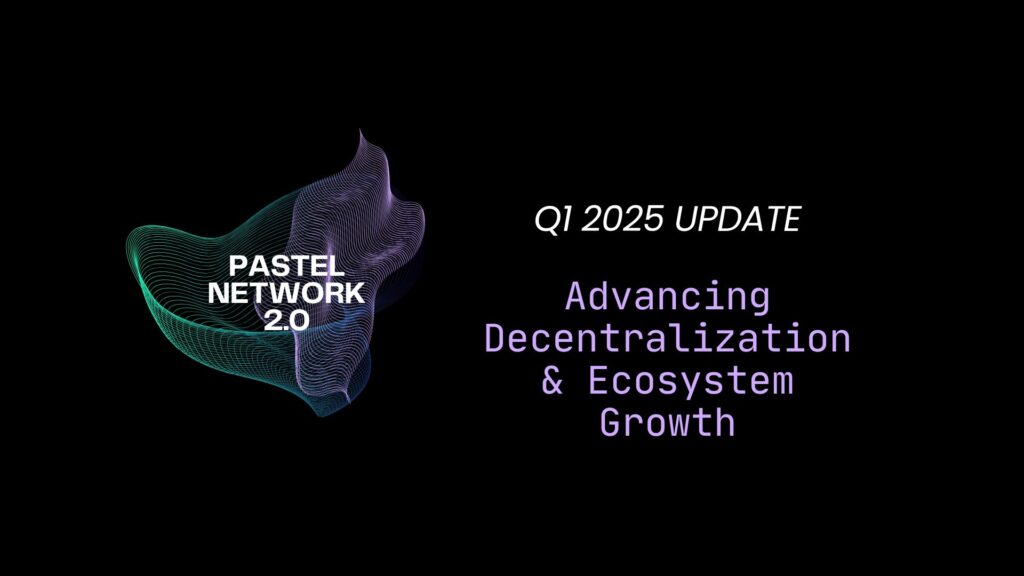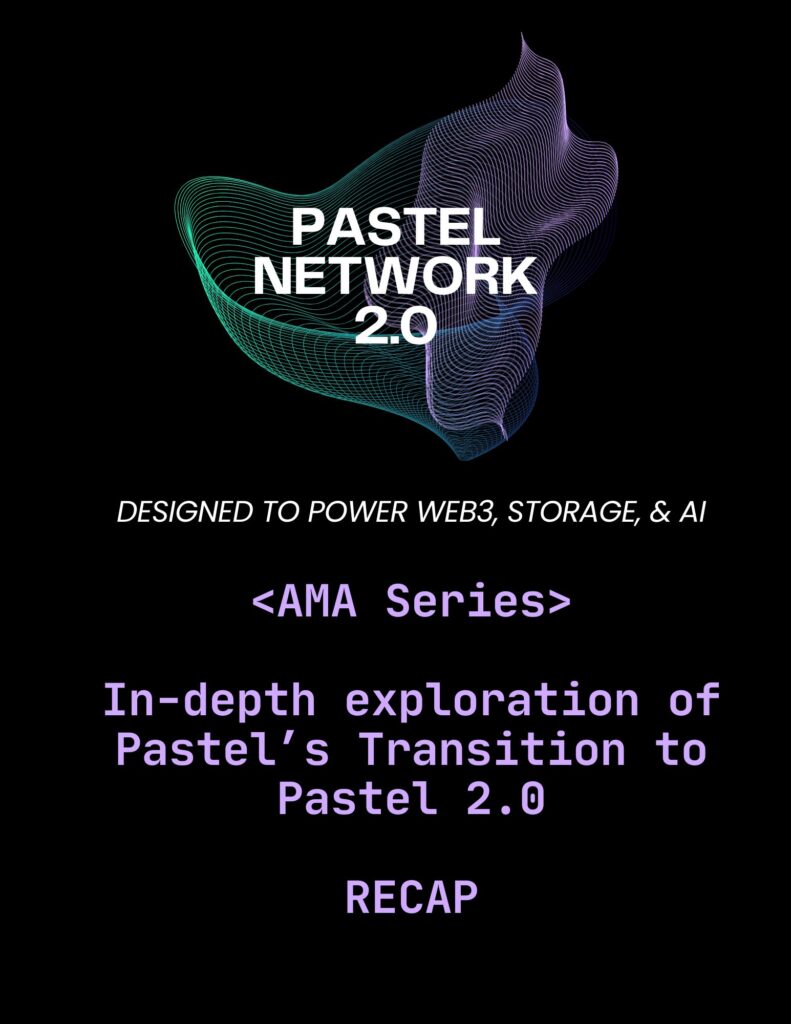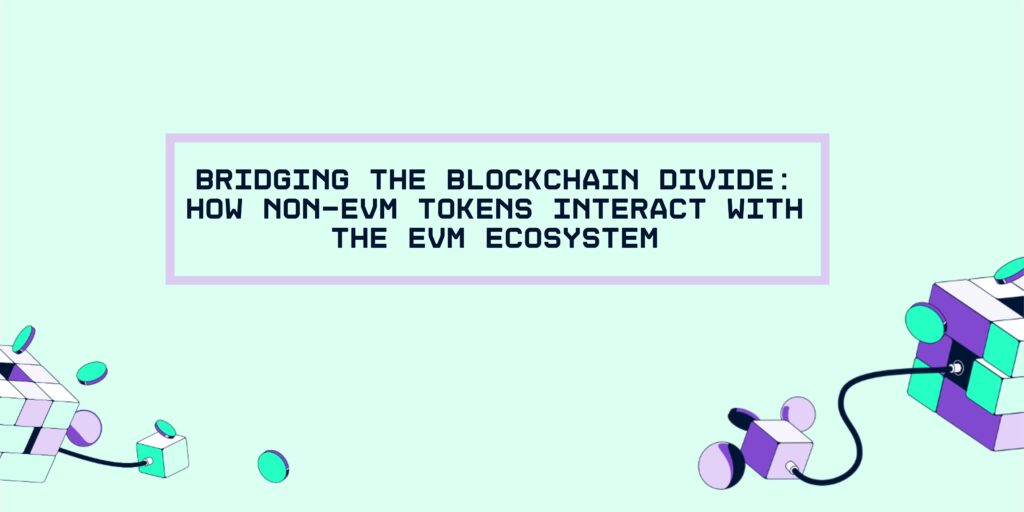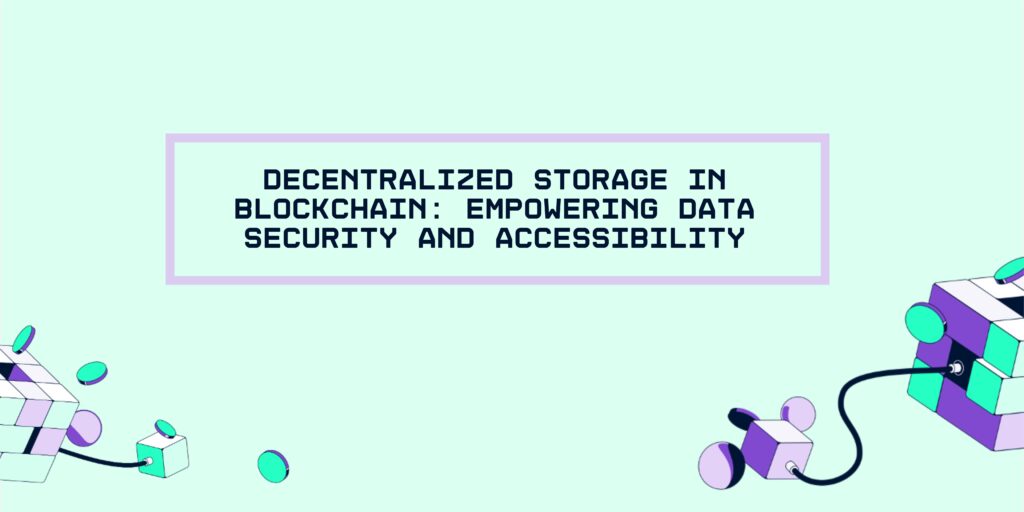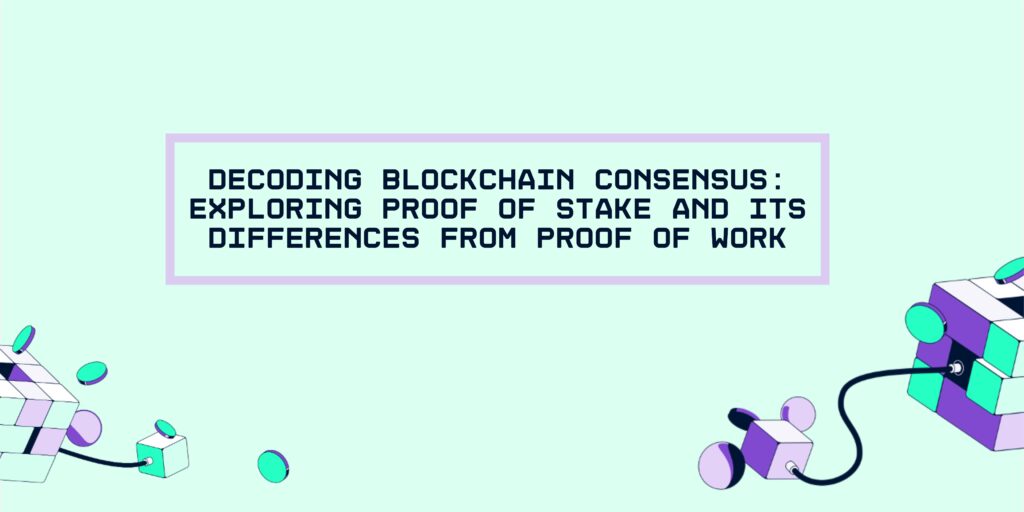After 3 painstaking years of development in stealth, we launched our Mainnet in January 2021. Our co-founders, Jeff Emanuel, Alexey Kireyev, and Anthony Georgiades had a vision stemming all the way back in 2018 of building a blockchain that was application-specific and purpose built for rare digital collectibles, a novel concept at the time. Rare digital collectibles, or NFTs, were brand new, but they saw that the current infrastructure — such as Ethereum and Bitcoin—were not built to handle the storage requirements and transaction sizes of this emerging ecosystem in order for it to thrive in the years to come.
Well, that dream came to fruition this year.
Pastel’s Preliminary Vision
We launched Pastel with the goal of building a marketplace so that creators, collectors, and builders could benefit from the world-class features and protocols that Pastel had to offer. At its core, it was to be a decentralized system that allowed for creators and collectors to trade NFTs in an entirely decentralized, peer-to-peer manner. A platform built purely to be the alternative to those running on Ethereum — offering a very intuitive interface, negligible fees, proven authentication of NFTs, and reliable storage.
With this objective in mind and our technical prowess already proven, we raised $5M in seed funding from Innovating Capital to continue refining the network and platform while simultaneously building out our marketing and business development program. We employed a less popular development model than most projects coming onto the market today. Unlike other projects who marketed their vision, raised capital, and then started building, we focused on perfecting the technology first.
Then the wheels started turning once again…
After a few months of developing the marketplace, we began to identify that certain gaps in the broader NFT ecosystem were growing larger and larger. We saw major issues not being solved but rather ignored. NFT scams and frauds were innumerable and asset loss due to antiquated and centralized storage solutions was dangerously high. But, again, nothing was being done about it.
We already built the protocols to solve these problems, but they were to be accessible only to those using the marketplace on our native blockchain. That did not sit well with our team because this ecosystem was built with collaboration, decentralization, and open-source in mind. The very nature of decentralization is that no one entity holds the keys to the castle. We had the tools to protect users from scams and asset loss with all the necessary infrastructure to work with layer-1 blockchains and layer-2 DApps.
Additionally, we had a number of layer-1 projects interested in utilizing our protocols on their own networks.
So, we opened our technology to the world.
Pastel Network: the World’s Preeminent Protocol Standard for the NFT Ecosystem
After this revelation, we focused all our efforts on becoming the infrastructure standard for the NFT space. We decoupled our protocols and features, modifying them to be standalone solutions easily capable of integrating across the ecosystem via open-APIs.
Core features are as follows:
Sense Near-Duplicate NFT Detection Protocol: Directly integrate Sense, a lightweight protocol on the Pastel Network, into any project to assess the relative rareness of a given NFT against near-duplicate metadata.
Cascade Protocol for Distributed Storage: Built for speed, scalability, and redundancy, Cascade is a fully distributed, permanent storage solution for on-chain NFT metadata.
Pastel Developer Modules: Develop on-chain marketplaces or third-party applications directly on the Pastel blockchain, supported by a series of protocols, well-documented APIs, and RPC functionality to help builders get started.
Agile Ticket Structure: Easily represent NFT data on the blockchain and add custom features or launch dedicated apps on Pastel using an innovative ticket schema built on intrinsic data integrity.
Sense and Cascade are Truly One-of-a-kind
Sense is a lightweight protocol on the Pastel Network, built to assess the relative rareness of a given NFT against near-duplicate data. Sense can recognize the most subtle similarities between two digital collectibles, even if one has been transformed. The protocol goes beyond the standard “digital fingerprint†approach to establishing the rareness of an NFT and actually looks at the rareness of the pixel patterns in data. While digital fingerprints do allow users to verify that an NFT was created by a particular creator, this is a fairly weak form of rareness. Sense solves this problem by assigning a ‘Relative Rareness Score’ to quantify how rare an NFT is relative to all NFTs in the underlying dataset.
How it works: The software leverages a number of deep learning models using Tensorflow with Keras Applications to transform each NFT into a fixed list of over 10,000 numbers (the ‘NFT fingerprint vector’). It then assesses the correlation between a given fingerprint and the database of all existing fingerprints on Pastel, other NFT marketplaces (e.g., Rarible, OpenSea), and open databases on the entire internet (e.g., Google) and outputs a relative rareness score — a number between 0% (i.e., the NFT is identical to a previously registered NFT) to 100% (i.e., the NFT is completely unique). The Sense Protocol “sees through†superficial changes in the same way as a human eye, and, like a human, can recognize even the most subtle change in an NFT.
Sense protects creators and collectors from fraud, scammers, and outright theft. While we verify the authenticity and provenance using the creator’s digital signatures (like all NFT systems in use), we go much further and assess how rare the underlying pixel patterns of the NFT’s data are. If value is largely a function of rareness, we believe that this additional layer of rareness authentication will result in better valuations for NFT creators. After all, if another creator makes a similar NFT in the future, they will still be able to register it, but it won’t achieve anything close to the rareness score of the original NFT. Platforms are also able to guarantee that any nefarious activity to produce counterfeits in the future will be futile, as any attempts to list duplicate works will result in low rareness scores or possibly flagged for removal.
Now to storage —
Cascade is a purpose-built distributed storage protocol for NFT metadata that is fully redundant, decentralized, and permanent. Pay once, store forever.
The current approach of relying simply upon a TokenID and external hyperlinks to centralized storage servers or unreliable external dependencies like IPFS leaves users highly vulnerable to the loss of assets and requires ongoing external maintenance. Pastel is the first NFT platform to have its own completely integrated, decentralized storage layer based on the advanced technologies of RaptorQ and Kademlia. We ensure that the underlying digital asset itself is uploaded, verified, and registered on Pastel’s Cascade Protocol — rather than just the token with which it is minted. Through a series of smart tickets living on the Pastel Network, creators can store their masterpieces in a distributed fashion that is tightly coupled and indelible from the NFT itself.
How it works: Cascade Storage Protocol, leveraging the RaptorQ fountain code algorithm, begins by breaking each asset up in a series of redundant chunks. Every chunk contains certain random fragments of the combined file which is distributed redundantly across participating SuperNodes running on the network. Two parameters that control how the data is encoded into chunks: 1) the size of each chunk and 2) the desired redundancy factor. The sets of chunks are then randomly distributed across network nodes using the Kademlia DHT algorithm. No complex or centralized system for deciding which node is responsible for which chunk, no iteration through SuperNodes to find one with the relevant chunk, and no complicated logic for handling chunk re-allocation in the case of SuperNodes entering and leaving the network.
These protocols are truly game changers. Sense is the first of its kind in the ecosystem, and Cascade is the true alternative to centralized storage.
Marketing and Business Development Recalibration for Pastel as the Layer-1 NFT Infrastructure Standard
With this new focus, we went heads down shedding light on these pervasive problems plaguing the NFT ecosystem, while making known that the solutions we created for these problems were easily accessible.
Our team traveled the world speaking at conferences and meeting with different projects and platforms in order to educate this ever-growing community on what Pastel has to offer.
Our team conducted countless AMAs and interviews to spread the word as well as wrote educational articles to provide a clearer picture on what the issues were and how Pastel solves them.
And, our efforts bore fruit.
We closed out 2021 by partnering with TomoChain — a native layer-1 blockchain — to integrate Sense and Cascade across its NFT standard.
But, we are not stopping there. 2022 is poised to be even bigger.
2022 Roadmap
Pastel will carry the momentum from 2021 and continue providing our world-class infrastructure to the NFT ecosystem.
In 2022, we are focused on:
- Expediting development releases for a number of our internal projects — such as with versions Cezanne, Monet, Van Gogh, and Kubo;
- Building stronger blockchain bridges, specifically with Ethereum, Solana, Avalanche, Polkadot, and Polygon;
- Expanding our network of partners with more native layer-1s, layer-2 DApps, and third-party enterprises;
- Delivering more user incentive programs; and
- Launching user-focused products.
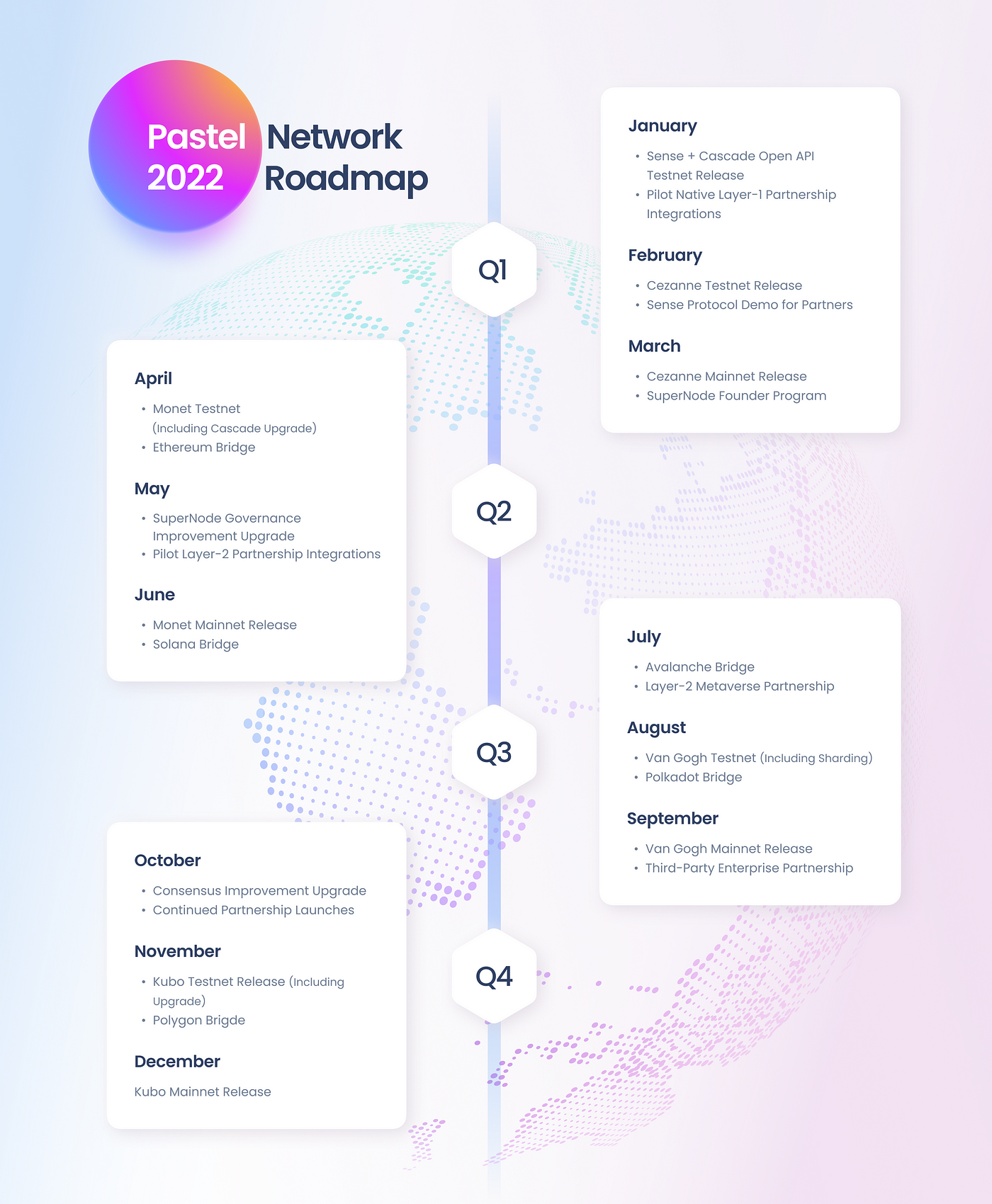
Continuous Development Releases
Coming into 2022, we have revamped our entire development cycle to allow for faster, more frequent releases. Given that we are a native layer-1 application-specific blockchain, this is now more critical than ever. Each release cycle is well-planned, methodical, and heavily tested prior to a full Mainnet release.
We have been working on our largest upgrade, Cezanne, since our initial Mainnet release went live in January 2021. We anticipate that Cezanne will be fully deployed to Mainnet by the end of Q1. Subsequently, we will be following tight, quarterly release cycles. Each upgrade is composed of 4 distinct 2-week sprints resulting in a Testnet launch, and then subsequently 4 individual 1-week sprints for further development, de-bugging, and testing towards a Mainnet release.
Our various release cycles are well-intended to lead to major on-chain Mainnet enhancements. Overall, the upgrades will result in improved performance, increased scalability, revamped reward / incentive mechanics, more paths to increase PSL burn, and numerous blockchain-level optimizations that will make the Pastel Network stronger than ever.
Core areas of focus include:
- Sense and Cascade Open-API full Mainnet release
- Sense Protocol upgrade to include sharding for increased performance and scalability
- Cascade Protocol upgrade to include storage-challenges for enhanced incentive measures and security
- NFT CDN and ‘hot file’ caching via SuperNodes
- Upgrades to smart-ticket structure to add overall NFT functionality
- Pastel Improvement Proposal #01 (PIP-01) resulting in SuperNode governance upgrades (bonded stake, slashed rewards)
- Full release of Pastel Developer modules with well-documented APIs and gRPC functionality
- PIP-02 resulting in an enhanced consensus mechanics
- Security improvements to harden against attack vectors
More Bridges and Cross-Chain Integrations
Pastel Network was founded around the idea that multiple chains will thrive over time. As a result, our core infrastructure was designed in such a way that Pastel can interact with a variety of other crypto ecosystems in a seamless fashion.
Wrapped-Pastel on Ethereum is already enabled on the Pastel Network, allowing users to access native PSL and its diverse array of use-cases directly on Ethereum. This year, our community can expect to see many more integrations with other chains such as Solana, Avalanche, and Polkadot. As more networks are bridged to Pastel, users within other ecosystems (e.g., OpenSea), can directly benefit from the wide breadth of Pastel functionality such as storage and certification. This also will be to drive overall network acquisition growth.
Further Partnership Launches
We are intensifying our business developments effort in order to increase our footprint in the NFT ecosystem. Given the interoperability of the platform and the integrability of our protocols and solutions — including Sense, Cascade, and our Developer Modules — we can target all of the major verticals in the market: native layer-1 blockchains (e.g. Solana, Avalanche, and Flow), layer-2 marketplaces and DApps (e.g. OpenSea, Decentraland, and Metaplex), and third-party enterprises (e.g. DraftKings, Artsy, and WME).
We are positioned well to pursue these target verticals and build on our recent successes.
Ongoing Incentive Programs
In 2022, we are focused on increasing the overall network usage by further incentivizing and rewarding activity in a variety of formats. Initially, we will be launching an incentive campaign to catalyze staking interest and garner enthusiasm to operate SuperNodes. This campaign will be performance-driven and will include rewards, such as PSL airdrops and NFT giveaways.
User-Focused Products
Despite our strategic pivot to an infrastructure integration business model — servicing projects and platforms — we firmly believe that the individual user, or consumer, is a major priority. This year, we remain committed to launching various user-facing products. To start, we will be launching two products that will allow consumers to leverage the next-generation protocols and solutions we offer to our partners, but in easy-to-use and intuitive interfaces.
We are beyond excited to bring these products to market because they have the ability to carry the NFT ecosystem into a very prosperous future.
Closing Remarks
2021 was just a warmup. We expertly navigated this rapidly evolving environment making key strategic decisions for the betterment of the project and the market as a whole. And, now, we are positioned to make a very big splash.
We have never been more focused and inspired to make 2022 legendary. We will continue to push the boundaries of innovation and creativity in order to usher Pastel to the forefront of the ecosystem as the preeminent NFT protocol standard for NFTs.
We have no doubts this will happen, so come join us for the ride of a lifetime!
About Pastel Network
Pastel is the world’s preeminent protocol standard for NFT technology. Pastel also allows for the development of third-party applications to sit on top of its Network, enabling developers to enjoy the scalable registration features, storage processes and security of the broader ecosystem. Lightweight protocols such as Sense — which was built to assess the relative rareness of a given NFT against near-duplicate metadata — and Cascade — which conducts permanent, distributed storage of underlying NFT data — can be integrated across any native L1 blockchains or L2 marketplaces.
Pastel is an entirely native blockchain supported by SuperNodes, which provides computational resources to the network to support asset registration, distribution, and permanent storage. Pastel is managed by world-class developers, cryptographers, and technologists, supported alongside an experienced and extensive network of marketers, influencers, and third-party agencies. Pastel is backed by key stakeholders including Innovating Capital, a prominent venture fund.
This article was first published by our team here.

